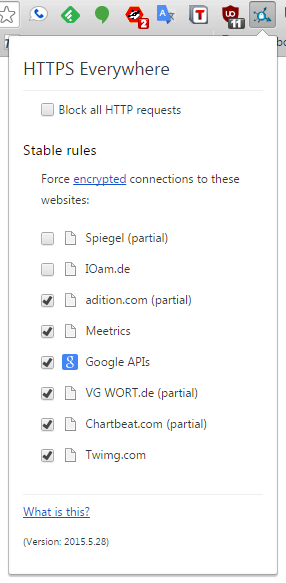Hvorfor er det så vanskelig å fylle på reisekortet på vkt.no? I en perfekt verden går jeg til vkt.no, taster inn kortnummeret, trykker på OK knappen, og betaler med bankkort på neste siden. Men slik enkelt kan vi ikke ha det.
Første siden jeg blir presentert med er ruteplanleggeren, og det er jo bra, fordi det er vel det folk bruker mest, spesielt siden ruteinformasjonene ikke finnes i Google Maps. Hvorfor egentlig? Etter noe leting på siden etter “fylle på” finner jeg en knapp som heter Nettbutikk. Kanskje jeg tenker feil, men en nettbutikk er for meg et sted jeg kjøper fysiske ting, som en I <3 VKT skjorte eller caps.
Men jeg trykker uansett
på knappen, og der kommer det opp en side med forklaringer.Dette er ikke noe god tegn. Må du forklare nettbutikken din med to siders instruks, er den sikkert katastrofal dårlig. Den vider meg bilder av en side jeg ikke har kommet til ennå, og minner meg om å trykke på “full på” vis jeg har tenkt å fylle på, eller “kjøp ny” vis jeg trenger ny kort. Dette klarer vi!
Det er to knapper her, begge to heter “Gå til nettbutikk”, og jeg antar at de gjør akkurat det samme. Jeg trukker på en av dem, og tenker at nå skal jeg komme til den siden som ble forklart. Men nei, det er vel for enkelt tenkt. Nå skal jeg først logge meg inn. Hvorfor trenger vi dette? Dere trenger jo ikke noen andre data enn kortnummeret mitt, og jeg skal helt sikkert ikke gi dere nummeret til en annen fyr, og betale for at han kan reise til Tønsberg, altså. Jeg husker ikke om jeg har brukt denne siden før, så jeg trykker på “glemt brukernavn”, prøver 3-5 forskjellige epost-adresser, og da ingen av dem er registrert forstår jeg at dette har jeg ikke brukt før.
“Lag ny brukerkonto”, da. Velg brukernavn og passord, og… jeg skal bekrefte epost-adressen min. Hvorfor det? Hva har dere egentlig tenkt å gjøre med adressen? Skal dere sende noe til den, og denne bekreftelsen er for å beskytte mot folk som lager kontoer for å få spammet sine ex-kjærester? Venter på epost, trykker på linken i den, og nå fortsetter vi.
“Du må knytte et kort til kontoen din”. Ja, dette har vi ventet på. “Er du sikkert at dette er nummeret ditt?” Joda. Er det mange som taster det feil? Da kan det lønner seg å ha dem gjenta det, som man gjerne gjør med epost-adresser (det gjør denne siden dessuten ikke, takk og pris). Eller ha en sjekksum i kortnummeret.
Og nå skal jeg laste opp kortet. Men det er en nettbutikk her som er litt pussig. Jeg skriver inn hvor mange kroner jeg vil ha, og så dukker det opp i handlevognen min. Handlevogn? Det er noe som vi bruker når vi skal flere ting. “først så skal jeg ha 100 kr på kortet mitt, og så 50 kr til, takk” said nobody, ever. Det er ingen “gå til betaling” knapp her, heller, men jeg er flink, og trykker på handlevognen. Da ser jeg gå til betaling knappen og “jeg aksepterer vilkårene rute, som jeg hadde ventet. Egentlig hadde jeg ventet at den dukker opp når jeg lage brukerkonto, da slipper man å gjøre det hver gang, når man nå må ha et konto, men skuffelsene har vært mange i dag, og det er ikke den verste.
Jeg betaler med VISA kortet gjennom PayEx, som vet hvordan betaling skal fungere, og det er ingen “lagre kortet til neste gang” knapp, som hadde vært en grunn til å ha brukerkontoer og passord. Jeg forstår det fortsatt ikke.
Til slutt blir jeg presentert med meldingen: “Din billett vil være tilgjengelig på billettmaskinen neste dag”
Jeg har aldri sett en billettmaskin til VKT. Skal ikke bruke den heller. Hvorfor er ikke pengene bare på kortet nå? Må jeg gjøre noe? Hvordan er en billett forskjellig fra mitt reisekort? Hva har dette med påfyll å gjøre? Forundring.



